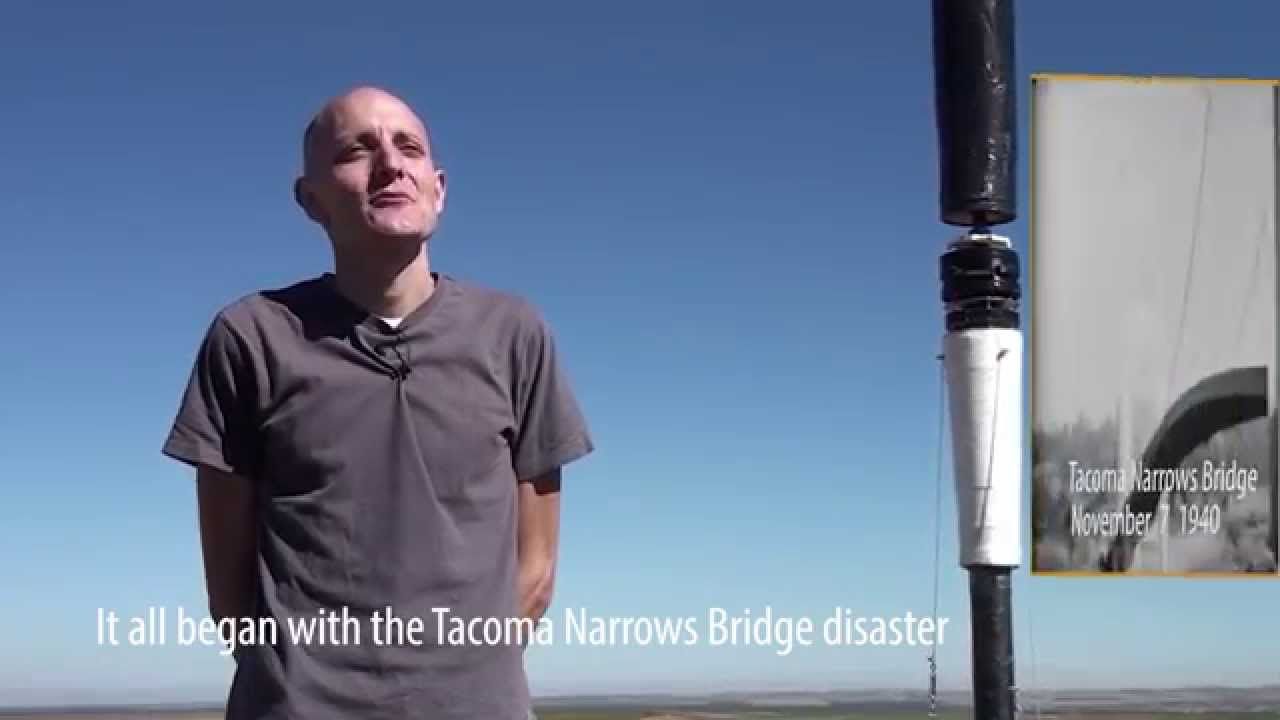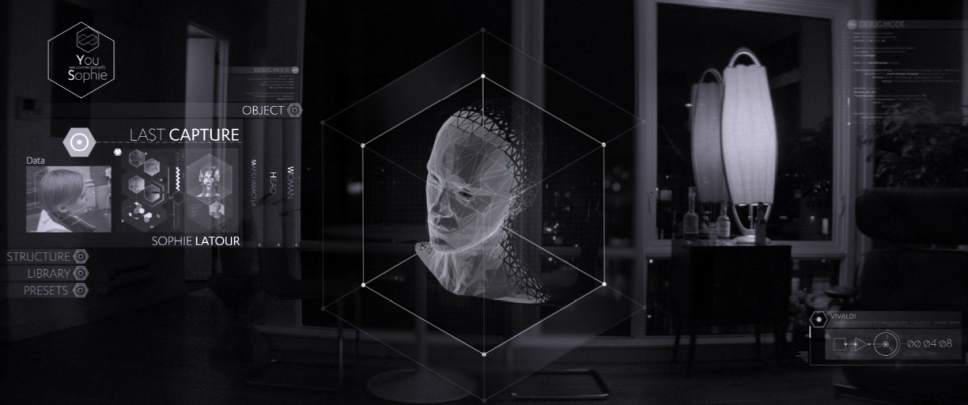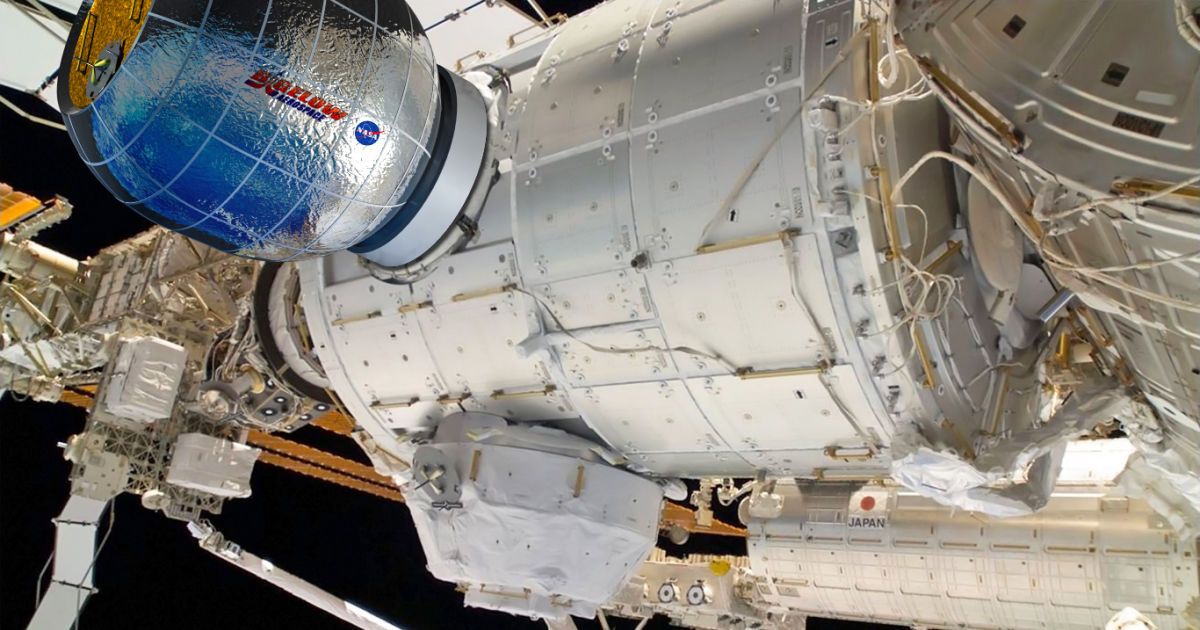Page 11317
Mar 25, 2016
Movie review: Virtual reality blurs the line in ‘Creative Control’
Posted by Karen Hurst in categories: augmented reality, entertainment, virtual reality
There are some kernels of brilliance scattered amid the dead spaces of “Creative Control,” a microbudgeted techno-drama.
In a near-future Brooklyn, marketing consultant David (played by Benjamin Dickinson, the film’s director and co-writer) is assigned to create an ad campaign for Augmenta, a new form of augmented-reality glasses that will add a high-tech layer to the viewer’s reality. After deciding to give a pair to a hip artist — in this case, the musician/comedian Reggie Watts, here wittily sending up his own image — David starts noodling with a pair himself.
While he ignores his flighty yoga-instructor girlfriend, Juliette (Nora Zehetner), David starts to create a sexy avatar based on Sophie (Alexia Rasmussen), the fashion-designer girlfriend of his best friend, Wim (Dan Gill), a philandering photographer. David and Sophie start crushing on each other, but it’s nothing to the sparks David feels with her simulated version.
Continue reading “Movie review: Virtual reality blurs the line in ‘Creative Control’” »
Mar 25, 2016
NASA to use the ISS as a testbed for inflatable living modules
Posted by Klaus Baldauf in category: space travel
NASA, perhaps more than anyone else, knows that there’s only so much room for packing stuff onto a spacecraft. That’s why it’s testing expandable living modules on the International Space Station prior to sending them to Mars for work and living spaces. The Bigelow Expandable Activity Module will ride along in an upcoming SpaceX Dragon resupply mission to the ISS and from there will be unpacked and attached to the side of the station.
After that it’ll be filled with air to expand from just over five feet in depth and almost eight in diameter to 12 feet deep and over 10 feet in diameter and have its pressure equalized with the rest of the station. In the video below, NASA says that it’s all going to be done pretty slowly given that it’s the first experiment of its kind.
The BEAM needs to prove its mettle against cosmic radiation, durability and long-term leak performance prior to going into deep space, however. Before the expandable spaces go near the red planet, they’ll have to survive two years on the ISS with crew members poking and prodding it for the aforementioned reasons. The video below is a rendering, and admittedly moves along much faster than NASA says the installation process will actually go, but it should give you an idea of what the ISS will look like when the bolt-on test module is in place.
Continue reading “NASA to use the ISS as a testbed for inflatable living modules” »
Mar 25, 2016
To the Moon! NASA Contest Kick-Starts Innovative Space Tech
Posted by Klaus Baldauf in categories: innovation, space travel
Startup NASA’s “Space Race” program will let companies vie to commercialize space exploration tech.
Mar 25, 2016
Harvard University Unveils Plans for Its Science and Engineering Center — By John Gendall | Architectural Digest
Posted by Odette Bohr Dienel in categories: architecture, science
“Once a quaint academic village on the banks of the Charles River in Cambridge, Massachusetts, Harvard, like so many other research universities, has transformed itself into a vast 21st-century institution whose significant landholdings are developed on a larger, urban scale. Part of this evolution has involved an expansion across the Charles, into the Allston area of Boston.”
Mar 25, 2016
Move over batteries, Dye Solar Cells are coming
Posted by Shailesh Prasad in categories: solar power, sustainability
New miniature sized dye solar cell technology developed by an Israeli company can be installed onto devices and charge them with indirect light, making batteries obsolete. Sharon Reich reports.
Mar 25, 2016
Bladeless Turbines? Say Hello To Vortex Wobble Technology
Posted by Shailesh Prasad in categories: energy, sustainability

Vortex is a bladeless, wind-powered generator prototype that produces electricity with minimal moving parts and leaves a minuscule footprint. To top it off, it makes almost no sound. The design aims to reduce both visual and aural impact of traditional bladed turbines, and utilizes the power within swirling vortices of air.
There are many people using standard wind turbines who find them to be problematic. Bladed wind turbines are dangerous to birds, they are incredibly noisy, and their gigantic size makes commercial use a property allowance issue as well. These concerns might be excuses for those who prefer old-aged electricity, but they hold truth to them and these reasons might be holding back the universal acceptance of standard turbines. This is where Vortex finds itself with the upper hand. The unit is much more compact than windmills, and uses the natural currents of wind to move a series of magnets located within its base to generate electricity.
Continue reading “Bladeless Turbines? Say Hello To Vortex Wobble Technology” »
Mar 25, 2016
The software used to animate Studio Ghibli films and Futurama is going open source
Posted by Shailesh Prasad in category: entertainment
Mar 25, 2016
Google AI Watches The Matrix
Posted by Andreas Matt in categories: neuroscience, robotics/AI

Deep Dream watches The Matrix red pill blue pill scene and looks like an LSD trip.
Google Deep Dream Neural Network Software watches the matrix red pill and blue pill scene. Please take into consideration the growing speed of neural networks and their potential to invent themselves. Soon this technology may grow too big to control. Ban it in your country to keep pandoras box out of the hand of the rich and greedy.
















